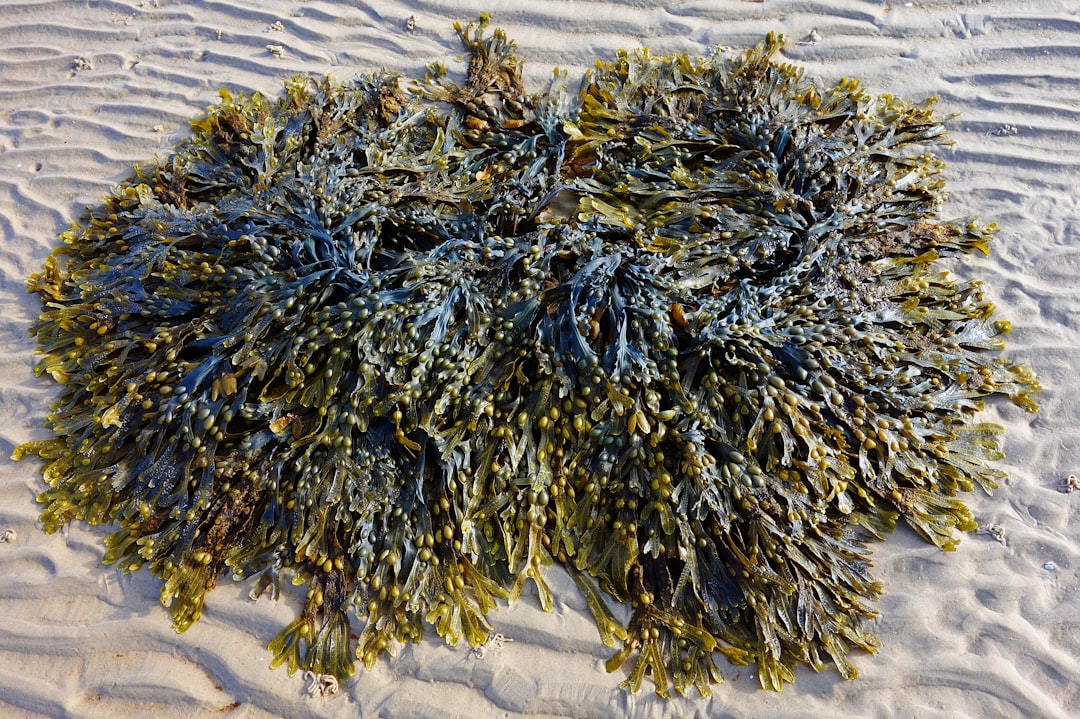What is it about?
The article is about learning by prey tadpoles of R. temporalis to recognize their potential predators through associative learning
Featured Image
Why is it important?
larval Hylarana temporalis, which are prey for wide variety of predators inhabiting streams, rivers and isolated pockets of water in the western ghats, exhibit dual mechanism of predator recognition. They have innate ability to detect certain predators while also exhibiting learned predator detection through the association of novel predatory cues with familiar conspecific alarm cues.
Perspectives
Prey animals are always under intense selection to evolve novel strategies for efficient and effective methods of predator detection/avoidance. Depending on the species and the complexity of habitats, they may have either innate or learned predator detection mechanisms. Interestingly, some habitats may favor the evolution of both innate and learned predator detection mechanism that will ultimately help prey species to survive and coexist with wide variety of predator communities. Larval Hylarana temporalis represents such a prey system.
Dr Narahari P. Gramapurohit
S. P. Pune University
Read the Original
This page is a summary of: Determining sensitive stages for learning to detect predators in larval bronzed frogs: Importance of alarm cues in learning, Journal of Biosciences, July 2014, Springer Science + Business Media,
DOI: 10.1007/s12038-014-9455-7.
You can read the full text:
Contributors
The following have contributed to this page










